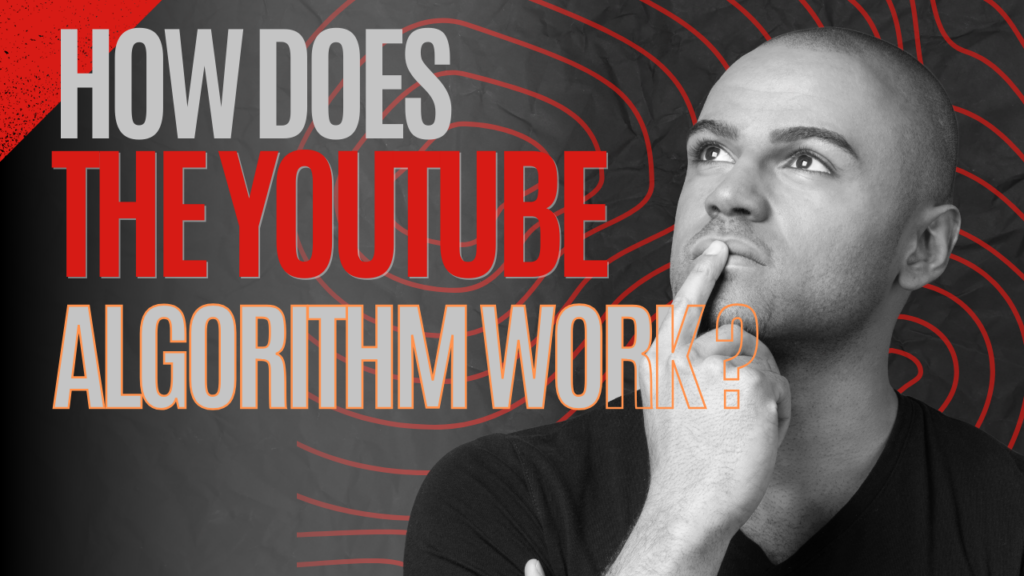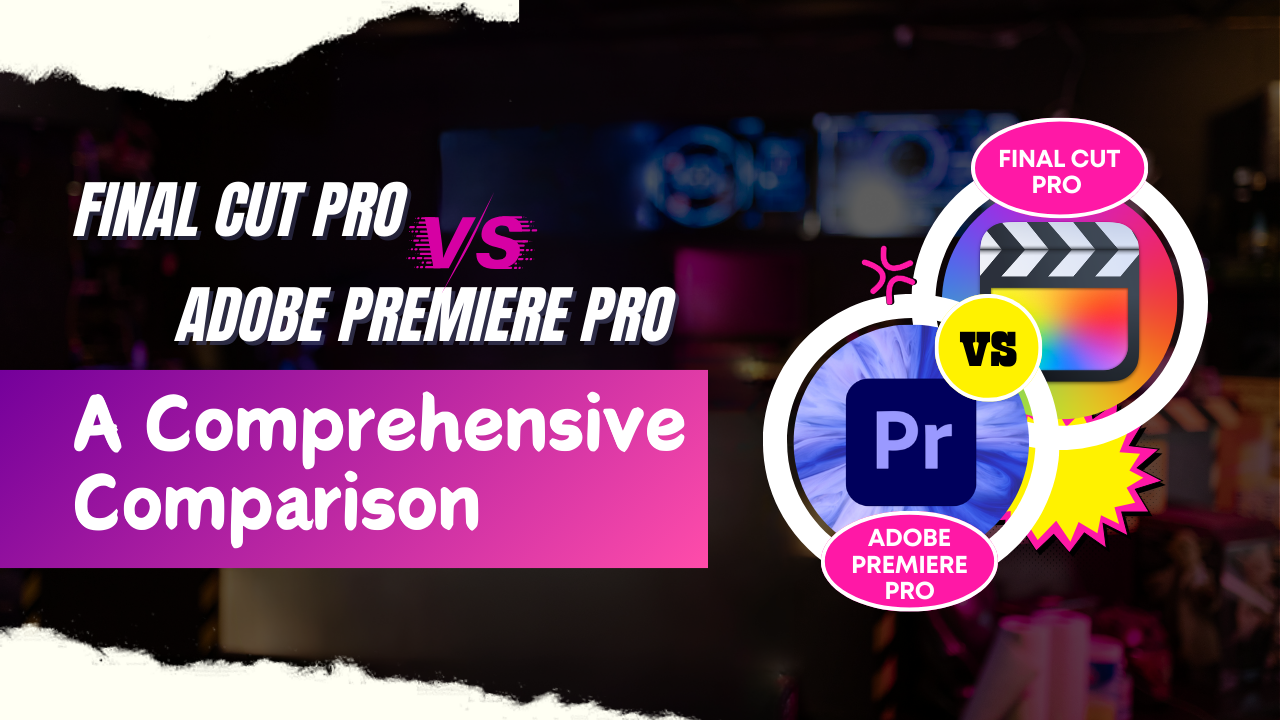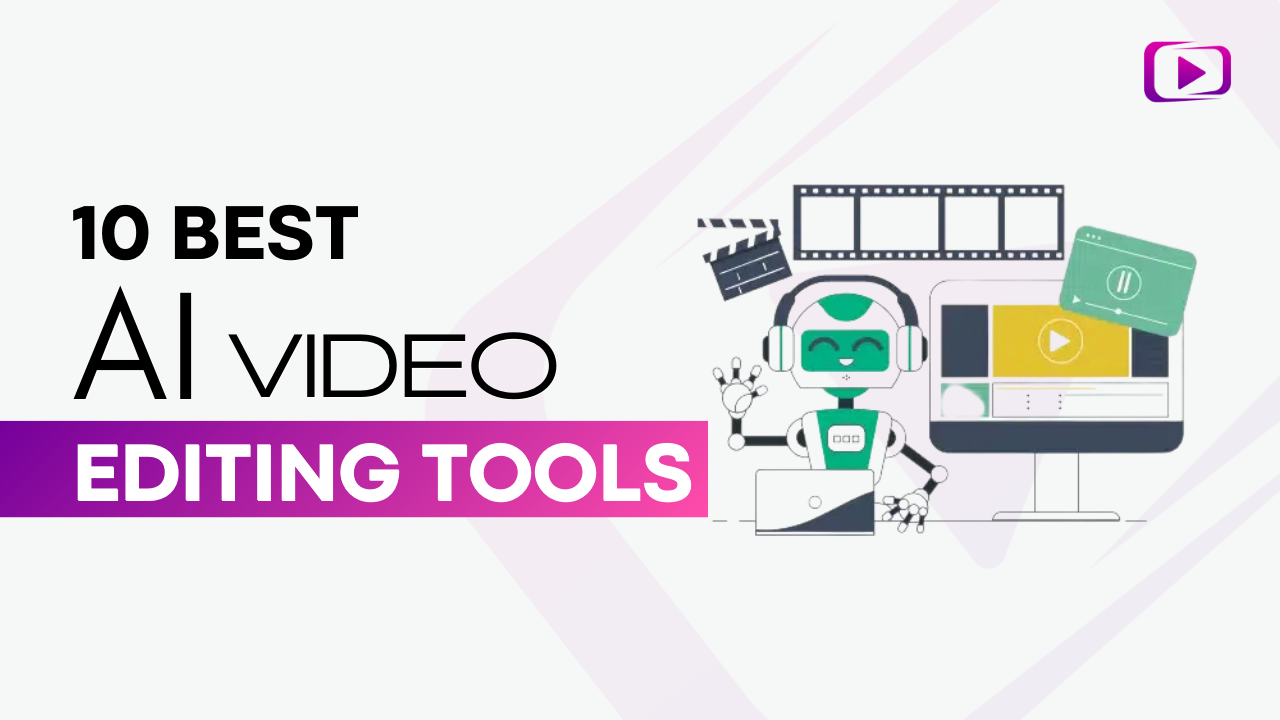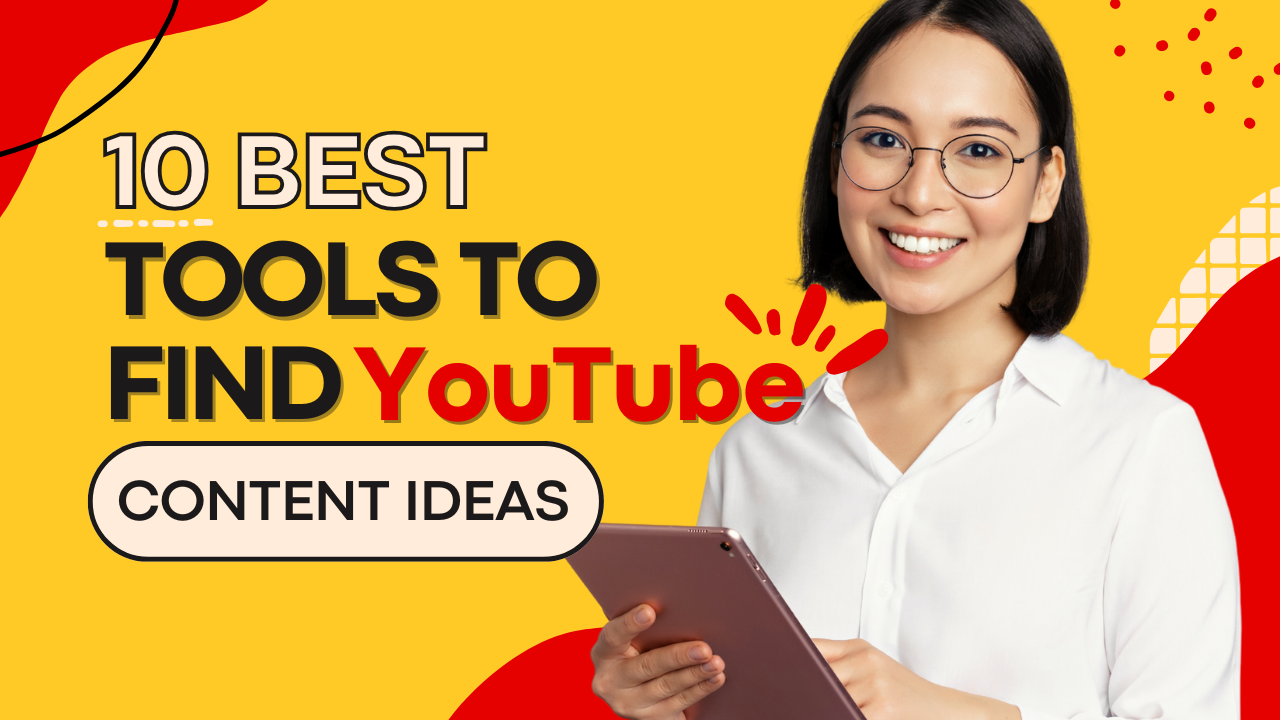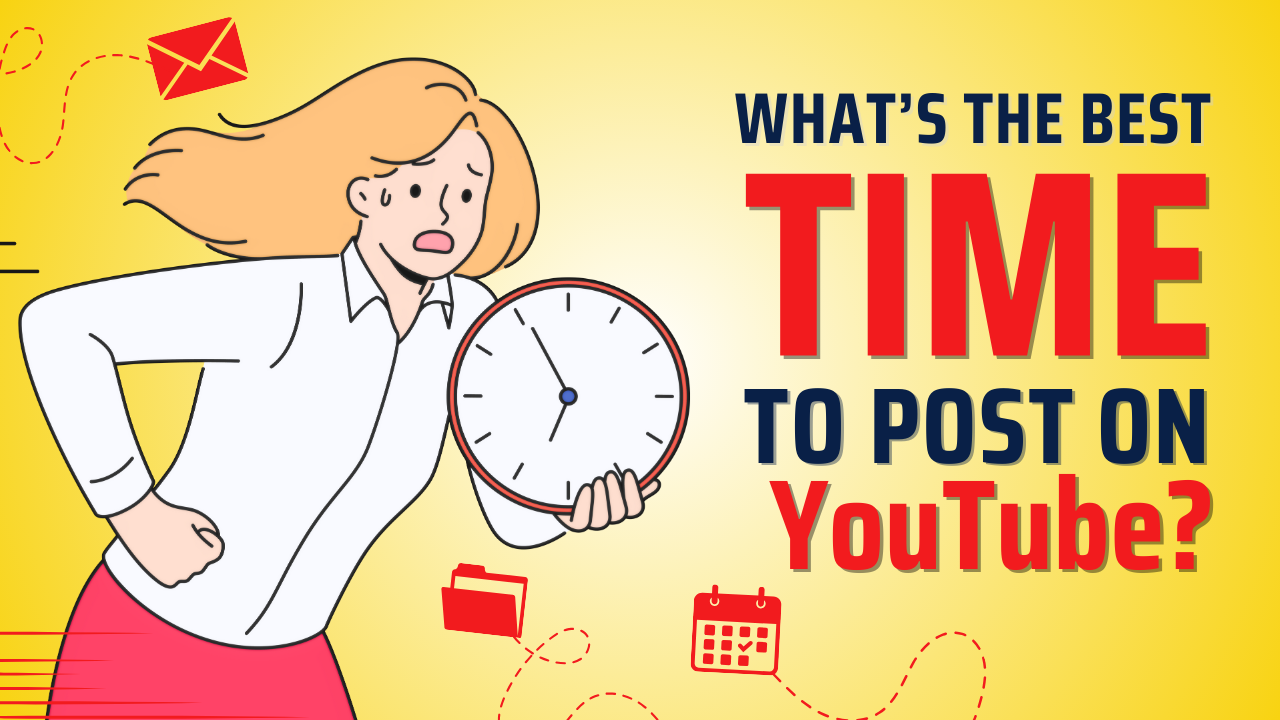Looking at your YouTube stats again? You’re not alone. Every day, millions of creators check their analytics, hoping to see that magical spike in views. But here’s the thing – YouTube’s algorithm isn’t the mystery many people think it is.
Let’s be honest: a lot of what you’ve read about the YouTube algorithm is probably outdated or flat-out wrong.
Some creators still follow advice from 2020, wondering why their views aren’t growing. Others try every trick they find on TikTok, hoping something will stick.
Here’s what you need to know right now: The 2025 algorithm focuses on three key things: How long people watch your videos, what they do after watching, and whether they come back for more.
In this guide, we’ll break down exactly how YouTube decides which videos to show (and which to ignore).
No fluff, no outdated tips – just clear, actionable information you can use for your next upload.
Quick note: Everything in this guide comes from YouTube’s official statements, real data from successful channels, and proven results from thousands of videos.
We’re not here to guess – we’re here to help you understand what actually works in 2025.
Ready to learn how the algorithm really works? Let’s get started with the basics.
Want to take your videos to the next level?
The Basics: What Really Matters to YouTube?
Let’s cut through the noise and focus on what YouTube actually cares about in 2025. The platform has one main goal: Keeping viewers watching more videos for longer periods.
Watch Time vs. Engagement
The Real Story Watch time still leads the pack, but it’s more nuanced now. YouTube doesn’t just track how long someone watches your video – it measures what they do next.
A viewer who watches 3 minutes of your 10-minute video then leaves YouTube completely? That’s less valuable than someone who watches 2 minutes and clicks on another video.
Here’s what YouTube tracks most closely:
Click-Through Rate: Your First Impression
Your thumbnail and title are more important than ever. YouTube shows your video to a small test audience first.
If people click and watch, YouTube shows it to more viewers. If they don’t, your video probably won’t get recommended much. This is why you should invest in quality thumbnails.
What’s a good click-through rate in 2025? The current average is around 4-5%, 7-10% is considered strong, and anything above 10% is exceptional.
User Satisfaction Signals
I know you may be wondering how YouTube knows when users are satisfied. YouTube measures how satisfied viewers are with your content. Here are the signals they use:
The Not-So-Secret Formula
Yea, it’s no secret but many YouTubers still ignore it. Want more views? Focus on these three things:
- Make videos people watch most or all the way through
- Create content that makes viewers want to watch more YouTube
- Give people a reason to come back tomorrow
Remember: YouTube rewards videos that create “high-value viewers” – people who stay on the platform and keep watching. This matters more than any single metric like likes or comments.
Growth Signals: What Makes YouTube Push Your Videos?
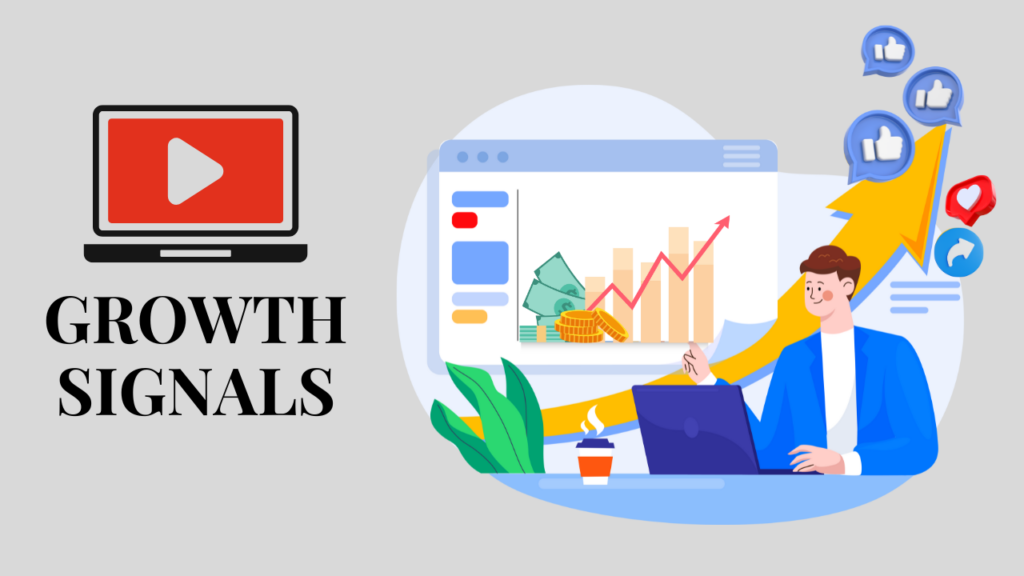
Ever notice how some videos take off while others stay stuck? Let’s unpack exactly how YouTube decides which videos to recommend in 2025.
Smart Engagement That Gets Results
Gone are the days when YouTube simply counted likes and comments. The platform now looks deeper at how viewers interact with your content. Comments that create real discussions carry more weight than basic compliments. When viewers hit that notification bell after subscribing, YouTube sees it as a strong signal of content quality.
What’s really interesting is how YouTube tracks the way viewers share your content. Direct shares through YouTube’s platform count more than external shares.
And here’s something most creators miss: YouTube pays close attention to how many people add your videos to their playlists.
Search and Discovery in 2025
Keywords haven’t died – they’ve evolved. YouTube’s algorithm has gotten smarter about understanding context.
Instead of stuffing your descriptions with keywords, focus on writing naturally about your topic. The first few sentences of your description matter most, so make them count.
Think about how people actually search for content like yours. Use those natural phrases in your titles and descriptions.
YouTube now understands related topics too, so it might recommend your baking video to someone watching cooking content, even if you don’t use exactly the same words.
The Truth About Timing and Consistency
Here’s what might surprise you: the exact time you post matters less than how consistently you post. Consistency in your upload schedule helps YouTube predict when to expect new content from your channel.
While there’s no universal ‘perfect’ posting frequency, what matters most is maintaining whatever schedule you choose.
Want to find your best upload time? Look at when your most successful videos went live. YouTube likes patterns it can predict. If your last five hit videos went up on Tuesday afternoons, stick with that slot.
Breaking Down Algorithm Touchpoints: Where It All Happens?
The YouTube algorithm doesn’t just work in one place; it influences different parts of the platform, from your Home feed to Shorts.
Let’s break down each touchpoint to understand where the algorithm really shines in 2025 and how you can use each one to boost visibility:
1. Home Feed
The Home feed is where your YouTube experience begins, filled with videos that the algorithm believes will grab your attention.
In 2025, YouTube’s Home feed is highly personalized, curating a mix of content based on your recent watch history, likes, subscriptions, and even the time you spend on specific types of videos.
Here, fresh and highly engaging content shines, so creators who consistently post quality videos are more likely to make an appearance.
To get on someone’s Home feed, focus on consistent, engaging uploads and thumbnails that stand out without misleading.
2. Search Results
YouTube is the second largest search engine, and search results play a huge role in discovery.
In 2025, the algorithm is smarter about picking up on long-tail keywords and even more nuanced phrases viewers use.
SEO basics still apply—use descriptive, relevant keywords in your title, description, and tags—but it’s also key to understand what’s trending and align your content to hot topics.
YouTube’s algorithm boosts videos that match current search interests and have a high engagement rate, so timely and relevant content gets a head start.
3. Suggested Videos
The “Suggested” section is that goldmine of recommendations you see next to the video you’re watching.
This area is designed for discovery, often showcasing videos from channels you’re not subscribed to but are likely to enjoy based on your watch behavior.
To get your videos suggested, aim to keep viewers engaged until the end, as higher retention rates are a strong signal for the algorithm.
Playlists, series, or content that links well with popular videos can also help here, as YouTube’s algorithm often suggests content that complements what’s already being watched.
4. YouTube Shorts Feed
With the rapid growth of Shorts, YouTube has carved out a new touchpoint for short-form content, tailored for quick, engaging videos.
The algorithm for Shorts prioritizes high-energy, visually engaging content that holds viewers’ attention within those first few seconds.
These Shorts feed showcases fresh, catchy videos that are often vertical, under 60 seconds, and tend to do well with interactive or trending elements like challenges, remixes, and pop culture references.
For creators, Shorts offer a prime opportunity to reach new viewers, with a lower barrier to entry than traditional long-form videos.
5. Subscriptions Feed
The Subscriptions feed is where users go for updates from channels they actively follow. It’s not as algorithmically driven as the other areas but still plays a role in how content is prioritized.
Consistency is key—subscribers are more likely to see your videos in their feed if they know when to expect uploads.
Engaging with your audience, using community posts, and creating a regular posting schedule can help build loyalty and increase the chances that your subscribers will tune in and interact.
6. Trending Section
This section is dedicated to what’s buzzing on YouTube at a given moment, often featuring popular events, viral content, or breaking news.
The algorithm selects trending videos that are resonating broadly across different demographics.
While it’s harder for creators to get into this feed due to competition, staying timely and covering trending topics will increase your chances of featuring here.
Tips to Make the Algorithm Work for You in 2025
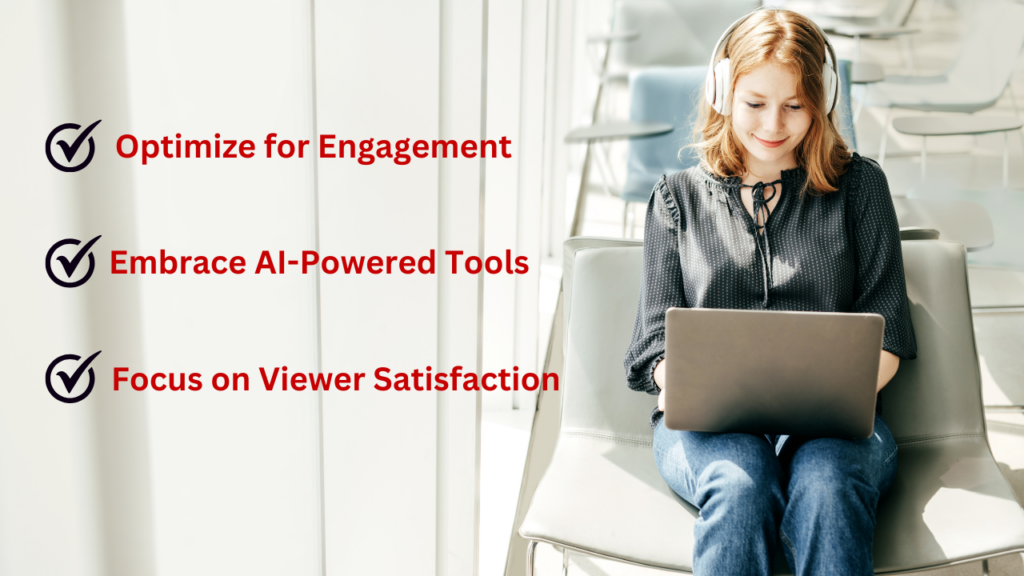
Let’s turn all this algorithm knowledge into real action. Here’s your practical guide to working with YouTube’s system in 2025.
Engagement is still king. Ask viewers to like, comment, and share—not just at the end of your videos but naturally throughout, where it feels right.
Keep an eye on your click-through rate (CTR) and watch time. Design your thumbnails and titles with curiosity and clarity in mind to improve engagement.
YouTube’s analytics keep getting better, helping you understand what’s working and what needs improvement.
Consider using YouTube’s built-in analytics along with third-party tools to track engagement, find trending keywords, and optimize your content strategy.
The algorithm favors creators who consistently deliver valuable, satisfying content. Stay authentic, focus on creating meaningful content, and avoid clickbait, it’s all about creating videos that genuinely resonate with your audience.
Hiring a videographer and video editor if you can afford it, can boost viewer satisfaction.
Common Myths about the YouTube Algorithm in 2025

Alright, let’s bust some myths that just won’t die. These are the YouTube “secrets” your favorite guru probably still swears by – but they’re flat-out wrong in 2025.
- “Posting Every Day Equals More Views”
Nope. I’ve seen channels burn out trying this one. Quality beats quantity every time. Some of the fastest-growing channels I watch post just once a week, but their content is solid.
YouTube wants videos people finish watching, not just lots of uploads.
- “The Algorithm Hates Short Videos”
Tell that to the 5-minute video that hit my recommendations with 2 million views yesterday. Length doesn’t matter nearly as much as keeping viewers interested.
If you can say what you need to in 5 minutes, do it. If you need 20 minutes, take 20 minutes. Just don’t pad your content.
- “You Need Perfect SEO to Get Views”
Look, SEO helps. But I’ve watched videos blow up with terrible titles and messy descriptions.
Why? Because people watched them all the way through and shared them like crazy. Good content beats perfect SEO any day.
- “Uploading at the ‘Perfect’ Time”
This one makes me laugh. Your perfect time is when your viewers are actually online – not when some random chart says to post.
Check your analytics. Your best upload time is probably staring you right in the face.
- “Asking for Likes Helps the Algorithm”
Sorry, but begging for likes in your first 30 seconds isn’t fooling anyone – especially not YouTube. The algorithm cares way more about whether people stick around to watch.
Those like reminders? They’re probably making people click away faster.
- “Shorts Will Kill Your Main Channel”
This myth needs to die. Shorts are just another tool in your box. Use them right – to pull viewers to your main content – and they help.
Use them wrong – posting random clips with no strategy – and yeah, maybe they’ll hurt.
Here’s what actually matters: Make videos people want to watch. Everything else is just noise. Focus on that, and you’ll do better than most channels still chasing algorithm myths from 2020.
The YouTube Algorithm: What Really Matters?
Look, understanding YouTube’s algorithm isn’t rocket science. It’s pretty simple when you break it down: make videos people actually want to watch, and keep making them consistently.
Stop stressing about tricks and hacks. Instead, focus on what matters: Hooking viewers in those first 30 seconds, keeping them watching, and giving them a reason to come back. That’s it. That’s the secret sauce.
Remember, YouTube has one goal – keeping people on the platform watching more videos. Help YouTube do that, and you’ll see your channel grow.
Take what you’ve learned here and apply it to your next video. Don’t try to change everything at once.
Pick one thing to improve, nail it, then move on to the next. Your viewers (and the algorithm) will thank you for it.
Now get out there and make something worth watching.
